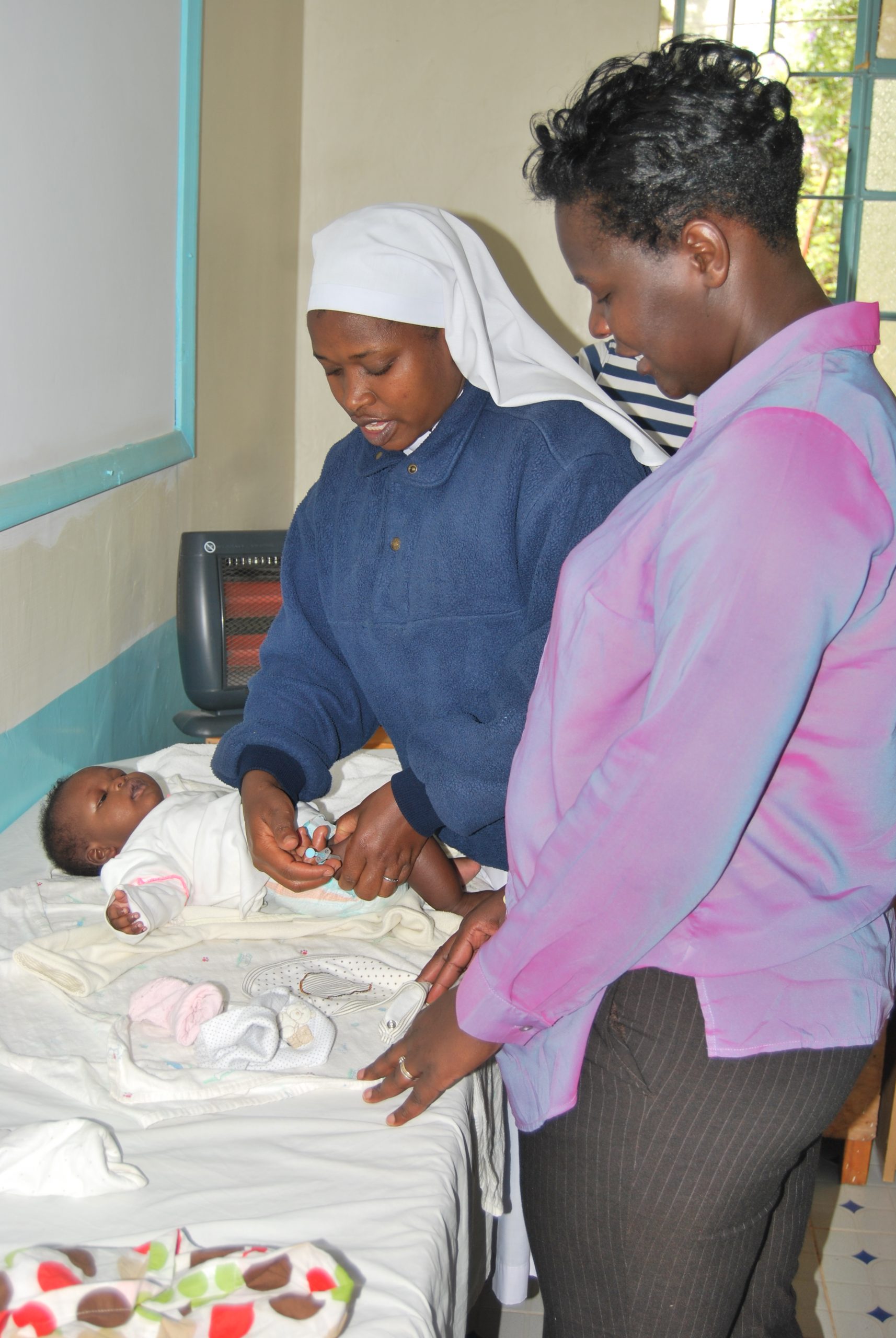The Primary Role of Families in Promoting Children’s Development
The family is central in children’s lives because it is through experiences with their families that children learn about themselves and the world around them. “Family member” is used here to define the people who are primarily responsible for a child, including parents, extended family members, guardians, and foster families. Family structures, processes, and functions must be assessed in order to understand the role family members have in child outcomes.[1]
Family Structures

“Family structures” delineate household members who are related by blood or legal ties; this concept typically assumes there is at least one child younger than 18 years of age residing in the household. Specific structures include two‐parent, one‐parent, and “living with neither parent” (e.g., grandparents or other relatives rearing a child, families providing foster care, and children living in institutionalized settings), blended families, single‐parent plus partner families (cohabiting couples, for example), multigenerational families, binuclear families, and adoptive families.
The U.S. Census Bureau utilizes these definitions of “family structures”:
- Nuclear family: a child lives with two married biologically-related parents and with only full siblings, if siblings are present.
- Cohabiting families: a child’s parent lives with at least one opposite‐sex, non-related adult. This additional adult may or may not be the biological parent of the child.
- Same‐sex cohabiting/married families: a child’s parent lives with at least one same‐sex, non-related adult. The additional adult may or may not be the biological parent of the child.
- Stepfamilies and blended families (terms used interchangeably): children who live in a household formed through remarriage resulting in children living with one or no biologically-related parents. The presence of a stepparent, stepsibling, or half‐sibling designates a family as blended.[2]
Family Processes
“Family processes” are the ways in which families internally function to navigate cognitive, social, and emotional events. Examples include how families adapt, communicate, cope, problem solve, parent, rear children, make decisions, plan, and lead. [3]

Family Functions
Many “family functions” are similar to parenting tasks, goals, and responsibilities. However, it is important to understand how “family functions” and parenting tasks impact each other. The following is a list of somewhat universal family functions (e.g., almost all families in all countries worldwide have some of these in common):
- Economic support: providing basic needs, such as food, shelter, clothing, etc.
- Emotional support: providing love, comfort, intimacy, companionship, nurturing, belongingness, etc.
- Socialization of children: rearing children, parenting, helping children function to the best of their abilities within their society.
- Control of sexuality: defining and managing when and with whom (e.g., marriage) sexuality occurs.
- Procreation: contributing to the continuation of society and offspring.
- Ascribed status: providing a social identity (e.g., social class, race, ethnicity, kinship, religion, etc.) [4]
- Hammond, R., Cheney, P., & Pearsey, R. (2015) Sociology of the Family. Rocky Ridge Press. http://freesociologybooks.com/Sociology_Of_The_Family/01_Changes_and_Definitions.php ↵
- United States Census Bureau. (2019). Historical living arrangements of children. Retrieved from https://www.census.gov/data/tables/time-series/demo/families/children.html ↵
- Pasley, K., & Petren, R. E. (2015). Family structure. In Encyclopedia of Family Studies, C. L. Shehan (Ed.) John Wiley & Sons, Inc. https://doi.org/10.1002/9781119085621.wbefs016 ↵
- Hammond, R., Cheney, P., & Pearsey, R.(2015). Sociology of the Family in Introduction to Sociology Textbook. Rocky Ridge Press. Retrieved from http://freesociologybooks.com/Sociology_Of_The_Family/01_Changes_and_Definitions.php ↵

